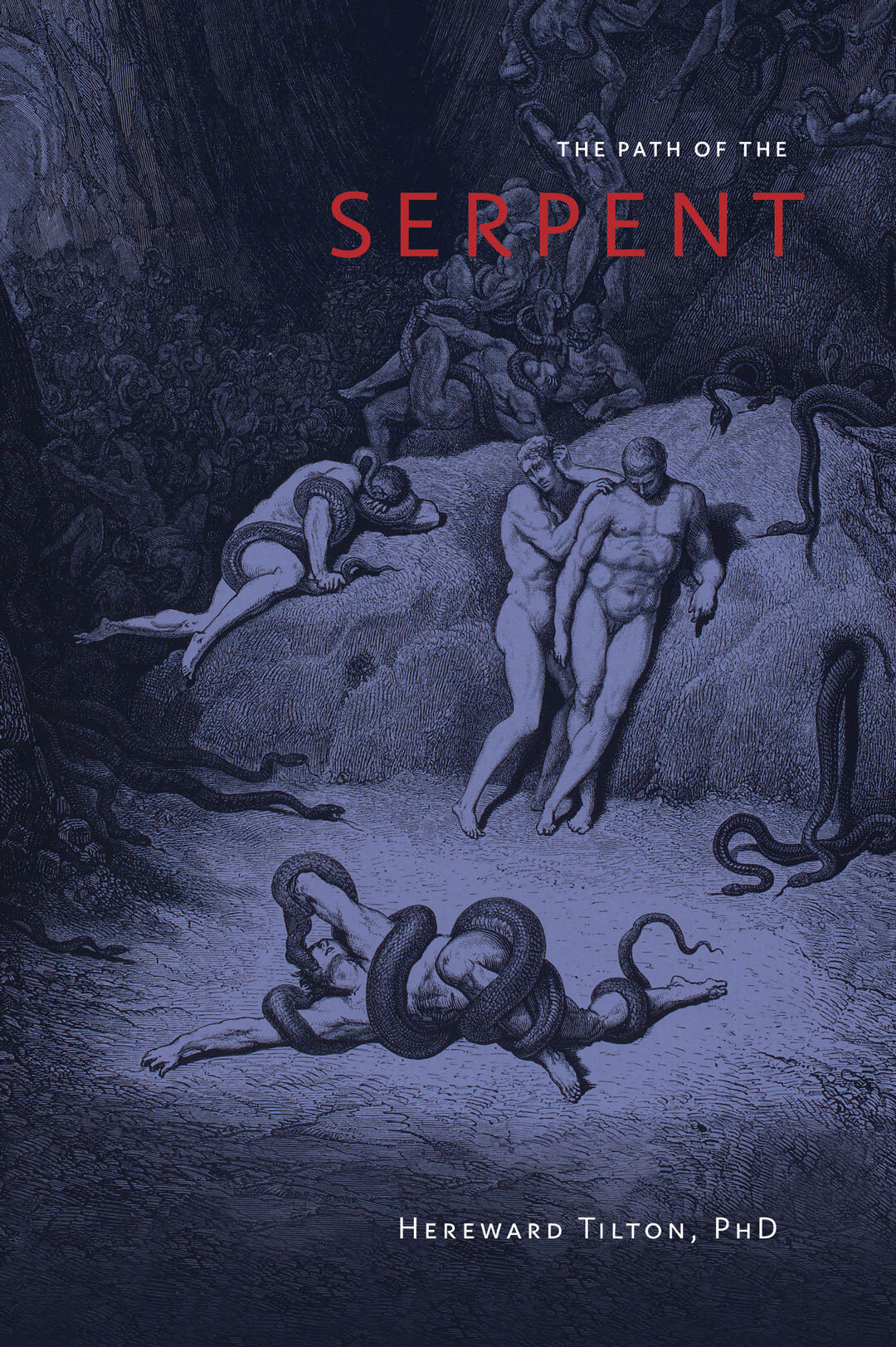

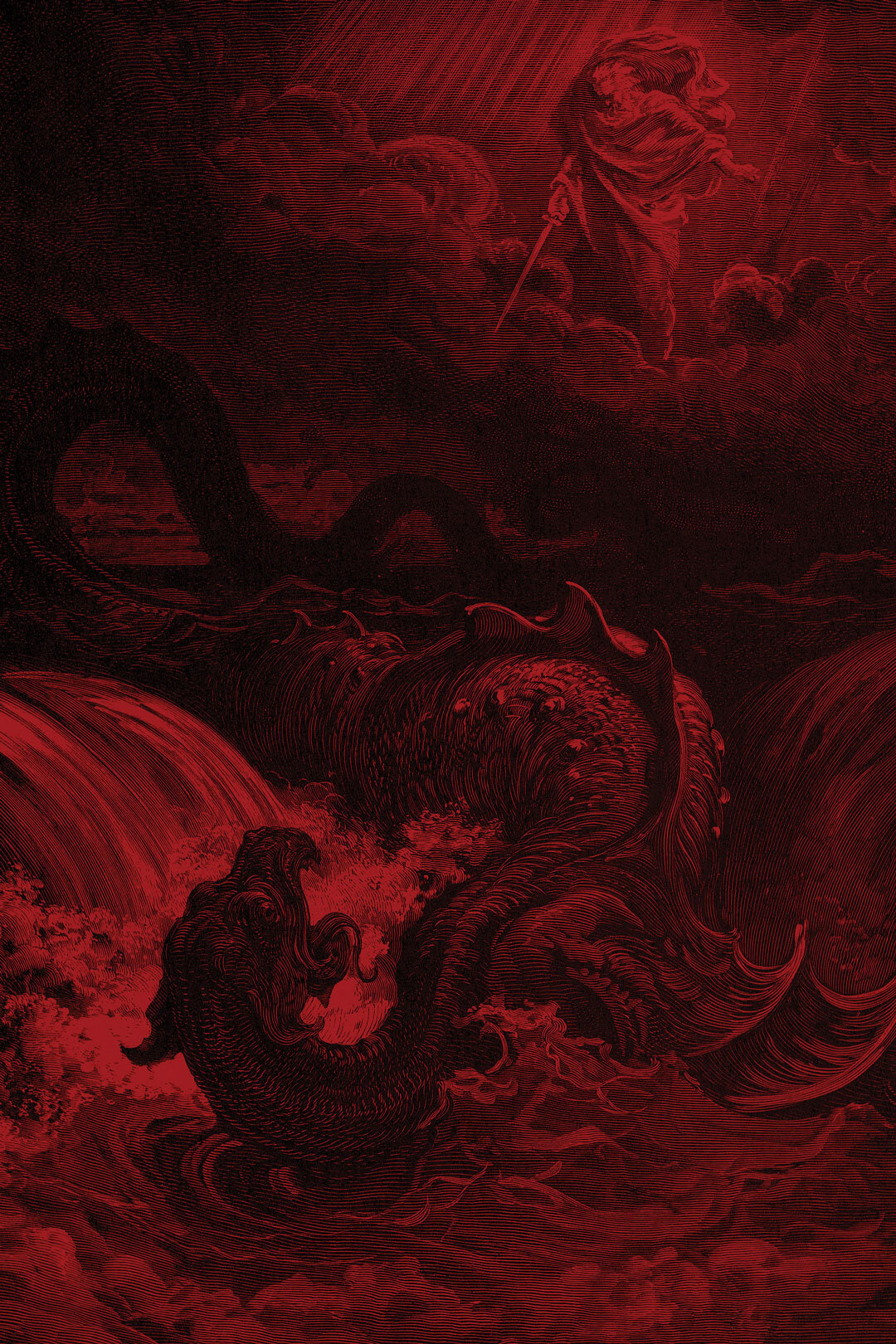
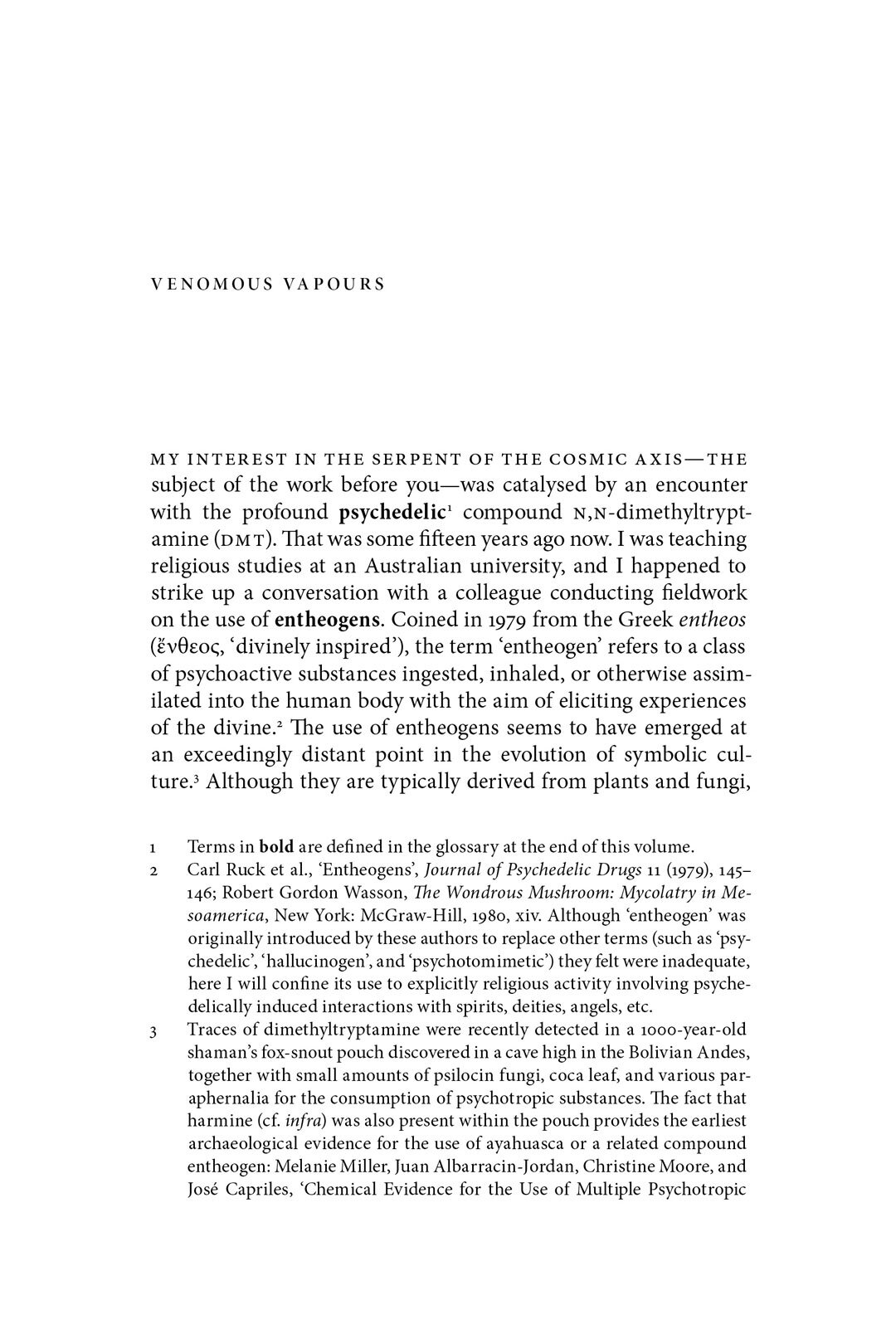
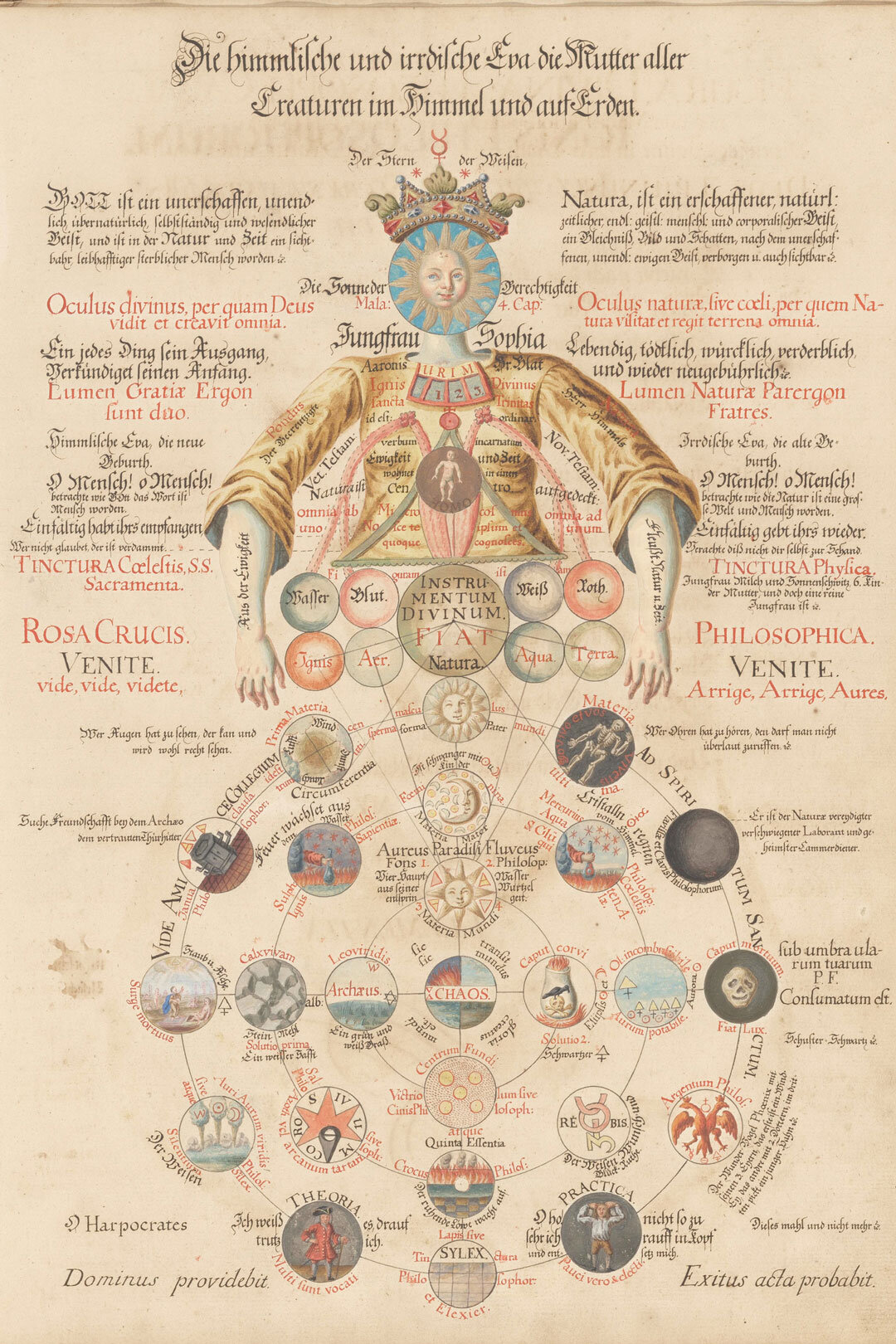
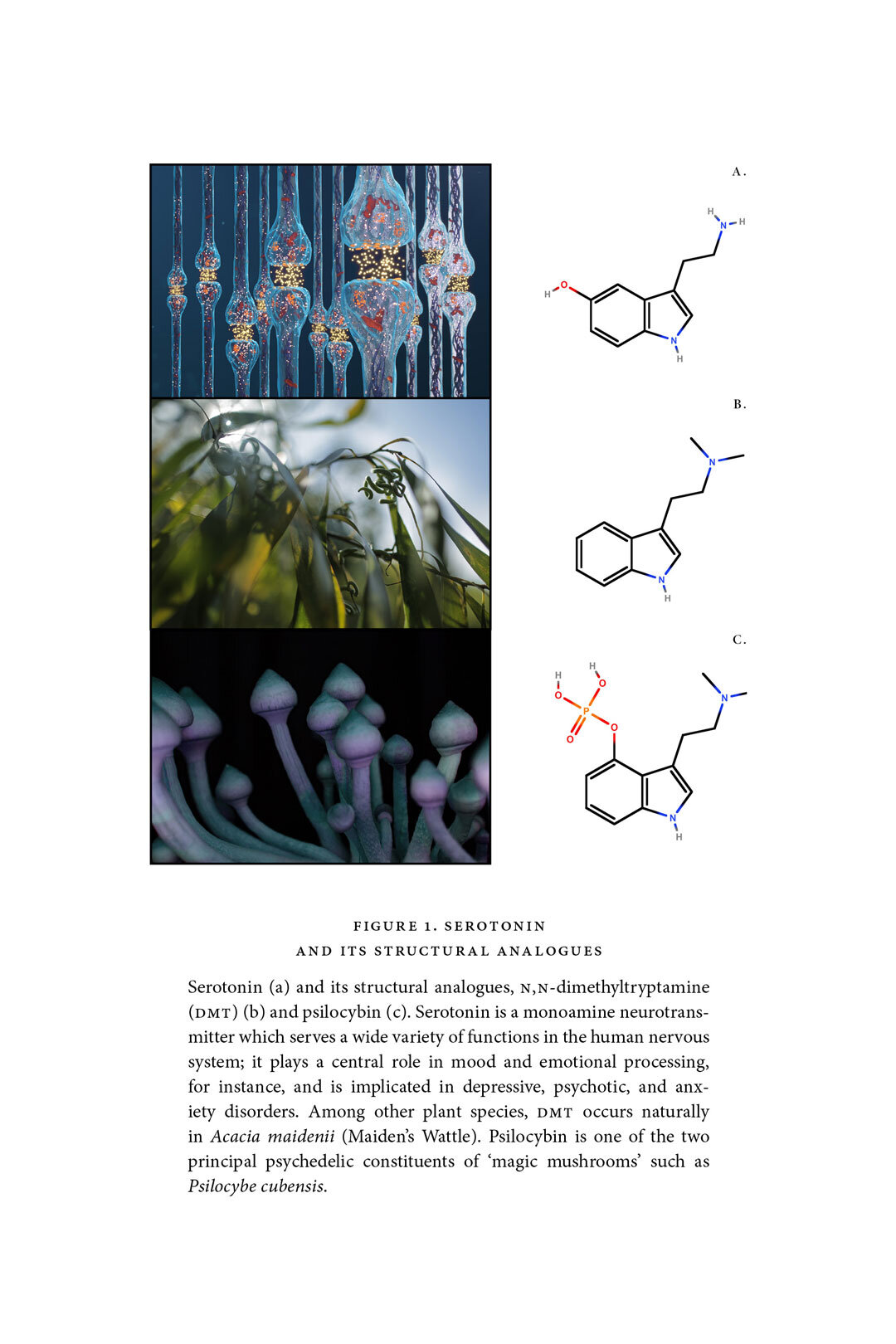
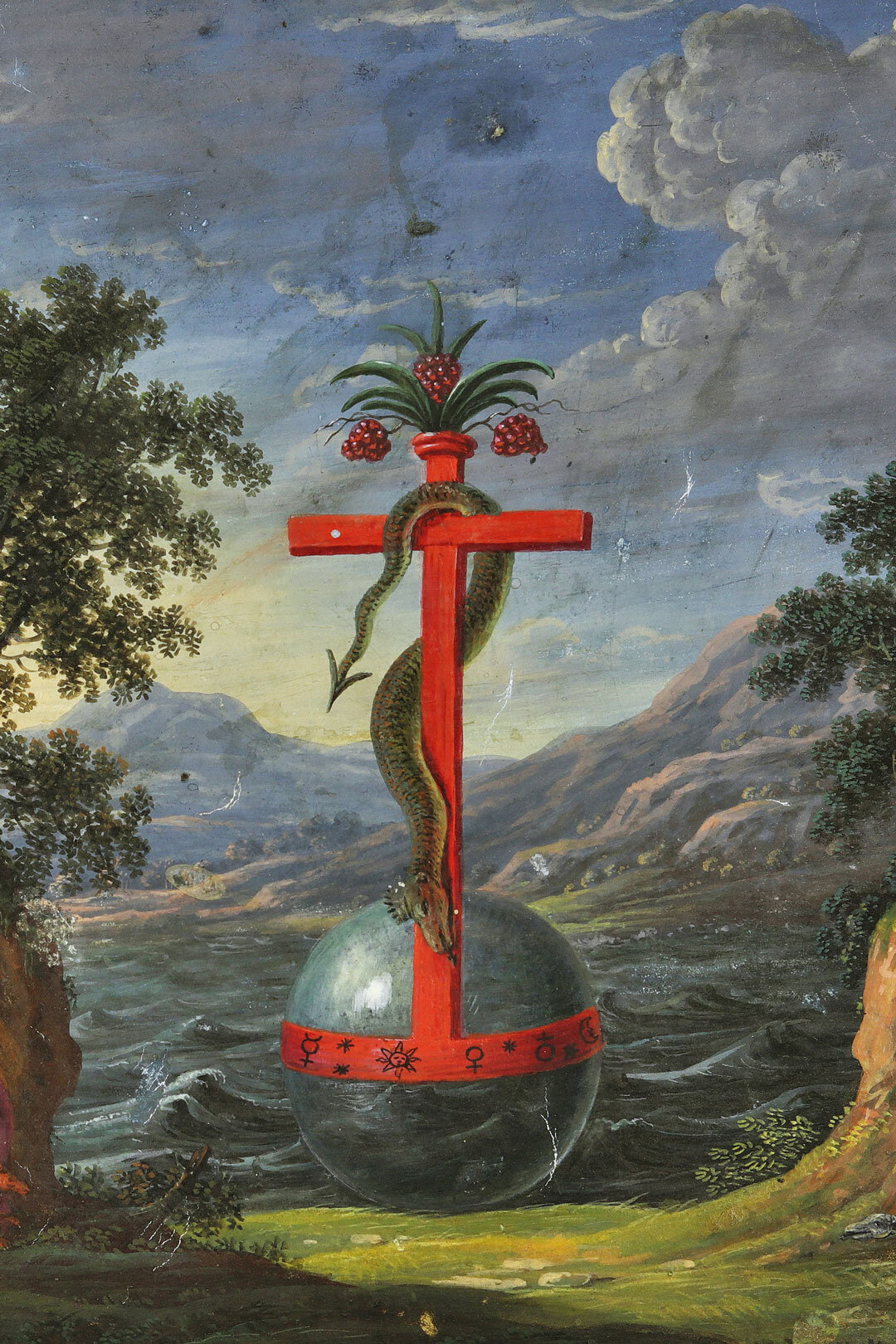
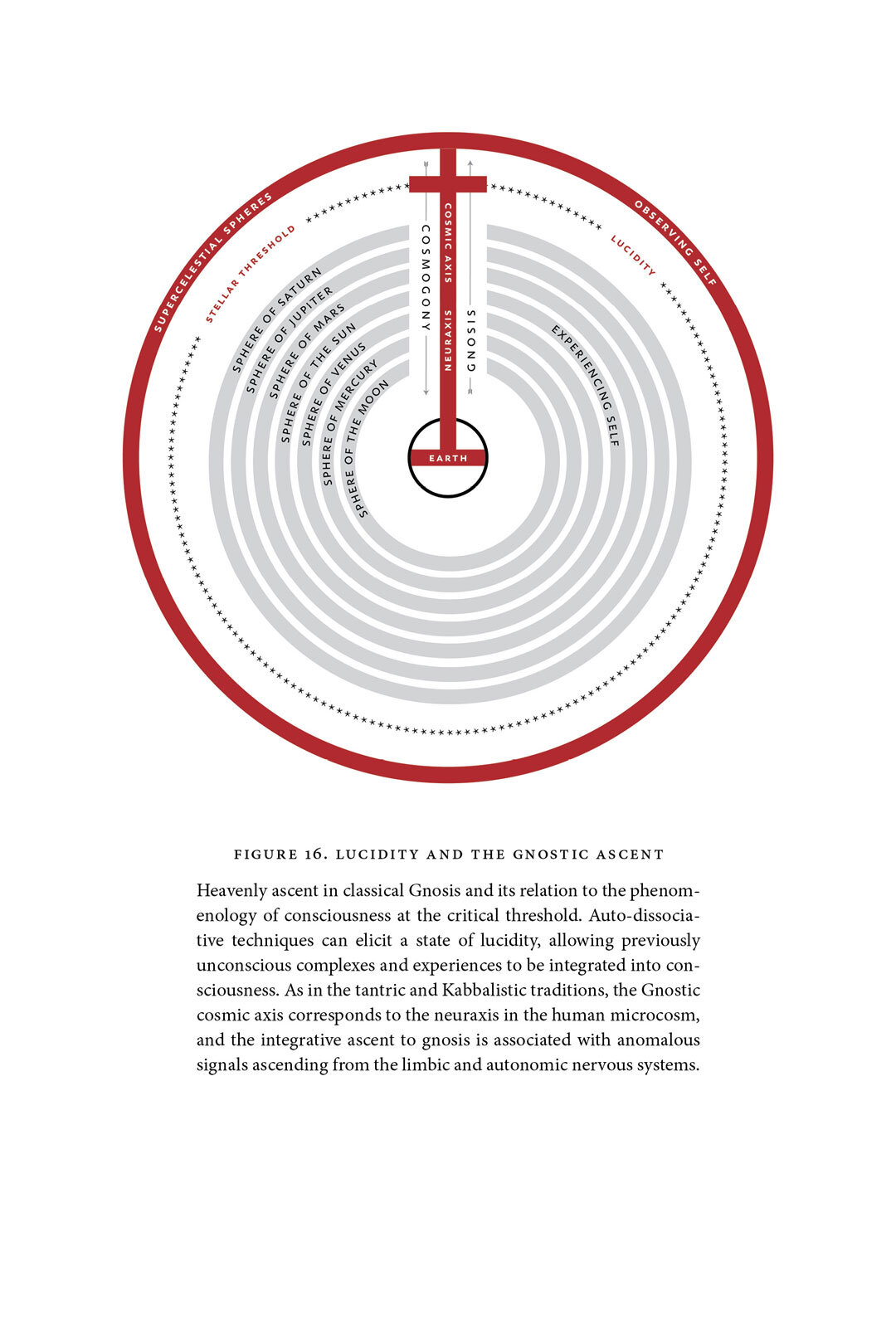
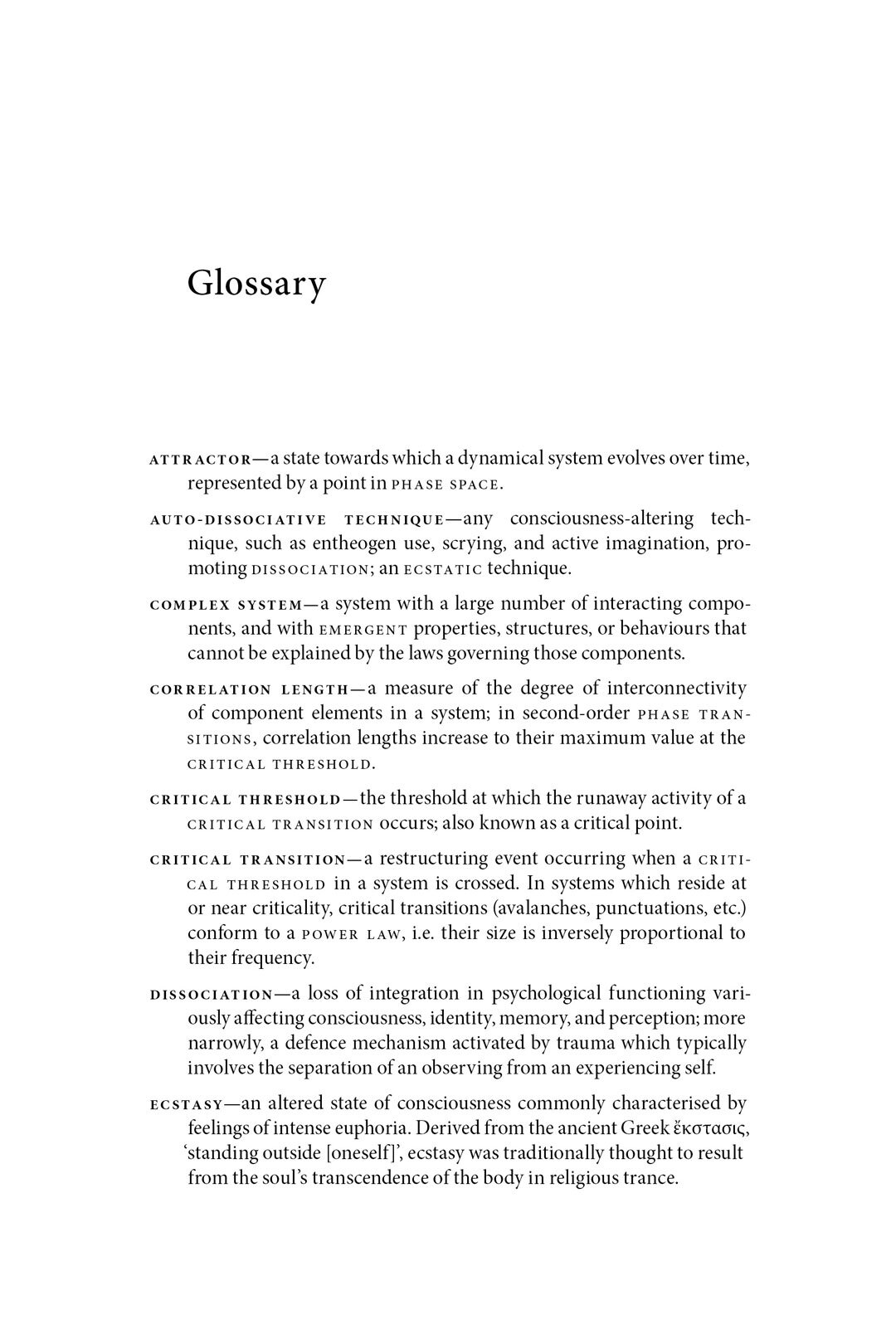
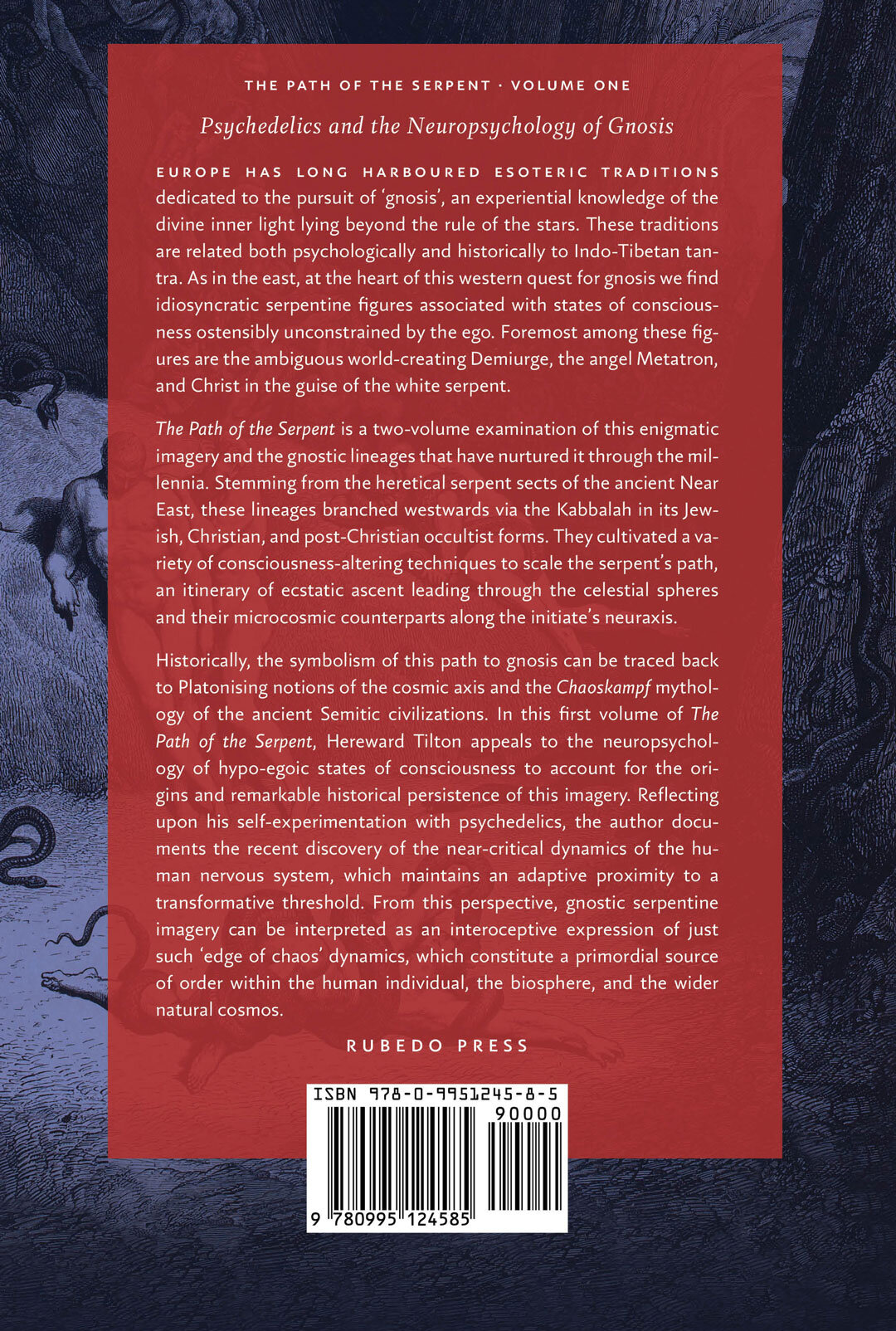
Auckland: Rubedo Press, 2020
Softcover | 6 x 9 | illustrated | colour | 324 pp.
Now AVAILABLE
$55.00
Price listed in New Zealand Dollars.
Approximate price in other currencies:
GBP £29.00 , EU: € 32.00, USD $39.00
The Path of the Serpent
Volume One: Psychedelics and the Neuropsychology of Gnosis
Hereward Tilton, PhD
EUROPE has long harboured esoteric traditions dedicated to the pursuit of ‘gnosis’, an experiential knowledge of the divine inner light lying beyond the rule of the stars. These traditions are related both psychologically and historically to Indo-Tibetan tantra. As in the east, at the heart of this western quest for gnosis we find idiosyncratic serpentine figures associated with states of consciousness ostensibly unconstrained by the ego. Foremost among these figures are the ambiguous world-creating Demiurge, the angel Metatron, and Christ in the guise of the white serpent.
The Path of the Serpent is a two-volume examination of this enigmatic imagery and the gnostic lineages that have nurtured it through the millennia. Stemming from the heretical serpent sects of the ancient Near East, these lineages branched westwards via the Kabbalah in its Jewish, Christian, and post-Christian occultist forms. They cultivated a variety of consciousness-altering techniques to scale the serpent’s path, an itinerary of ecstatic ascent leading through the celestial spheres and their microcosmic counterparts along the initiate’s neuraxis.
Historically, the symbolism of this path to gnosis can be traced back to Platonising notions of the cosmic axis and the Chaoskampf mythology of the ancient Semitic civilizations. In this first volume of The Path of the Serpent, Hereward Tilton appeals to the neuropsychology of hypo-egoic states of consciousness to account for the origins and remarkable historical persistence of this imagery. Reflecting upon his self-experimentation with psychedelics, the author documents the recent discovery of the near-critical dynamics of the human nervous system, which maintains an adaptive proximity to a transformative threshold. From this perspective, gnostic serpentine imagery can be interpreted as an interoceptive expression of just such ‘edge of chaos’ dynamics, which constitute a primordial source of order within the human individual, the biosphere, and the wider natural cosmos.
Those who have not known themselves have known nothing, but those who have known themselves have already acquired knowledge of the depth of the All
Jesus Christ, The Book of Thomas
(Nag Hammadi Scriptures)
Table of Contents
Preface
Acknowledgments
1. Encounters at the Edge of Chaos
Venomous vapours
The cosmic axis revealed
The serpent at the centre of the world
2. The Organism versus the Machine
A maligned medicine
Forbidden visions
The great automaton
Nonlinearity and the limits of reductionism
3. The Anatomy of a Vision
The stages of psychedelic imagery
Mescaline and the form constants
A view on our inner architecture
The limbic system: stepping over the threshold
Priming and projection in the psychedelic state
Vestiges of an ancient foe
The return of the repressed
Images of ego-dissolution
Reflections in the mirror of the soul
Lucidity and predictive coding
Beyond the avatar
A second centre
4. The Rediscovery of the Cosmic Axis
A pressing cosmological question
The finely tuned universe
Near-criticality enables life
A fractal cosmos?
The critical brain hypothesis
Psychedelic transmutation
Signatures of the psychedelic state
Cultivating chaos
Glossary
Bibliography
Index
About the Author
Hereward Tilton (BA Hons. I, PhD, FHEA) is a specialist in the history of European gnostic traditions and the psychology of the unconscious. He has taught on Rosicrucianism, magic and alchemy in the Renaissance and early modern periods at various universities in Europe, and has published pioneering research on the origins and magical practices of the Gold- und Rosenkreuz order, the alchemical production of entheogens, and the occultist elements of Carl Gustav Jung’s Red Book. Rejecting the academy as a sink of profound darkness and corruption, he has returned to the practical spiritual path of his youth in the hope of integrating his historical research with the techniques of an introspective science. The principal inspiration for this return to praxis has been Carl Gustav Jung’s active imagination and its magical antecedents, in particular the magia Metatrona of Rosicrucian tradition.

